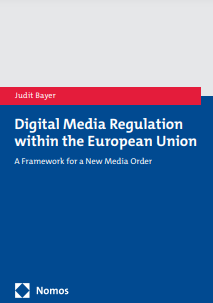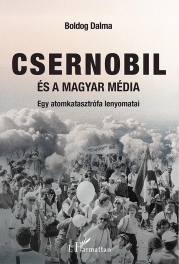Keyword – information policy
Takács, Róbert:
Takács, Róbert:
Culture, media, and the public sphere in the 1980s during the economic and governance crisis
One of the most frequently used expressions in the 1980s was that of crisis. It occurred 15 times in the first issue of the samizdat periodical Beszélő published in 1981, even though the discourse of official outlets was not dominated by the crisis and reform narrative up until 1986/87. This paper discusses how the public sphere was changing between these two dates, and particularly how the leadership of the party was addressing the growing political and economic crisis.
Keywords: 1980s, commercialisation, change of government, cultural policy, economic crisis, information policy, Kádár era, press control, social deal
Culture, media, and the public sphere in the 1980s during the economic and governance crisis
Médiakutató Autumn-Winter 2021 pp. 125-133
Vicsek, Ferenc:
Vicsek, Ferenc:
Mass media versus mass informedness
The Political Propaganda Indicator (PPI) measures abuses of information management, following the models of the Democracy Index created by Freedom House and of the Corruption Perceptions Index compiled by Transparency International. It is a method for measuring how corrupted the information disseminated to the public is. The PPI shows what percentage of people accept news items spread by political propaganda as true, even though they are otherwise often difficult to verify as factually correct. It shows what share of the public has a false perception of reality because of propaganda and manipulated news services. It also shows what percentage of people fall prey to false news streams and, consequently, how many of them decide in free elections on the basis of misleading, deliberately false information or concealed information as compared to a situation in which there is a level informational playing field.
Keywords: brainwashing, fake news, information policy, informedness, media regulation, media system, propaganda, press freedom, social media
Mass media versus mass informedness
Médiakutató Summer 2020 pp. 89-103



